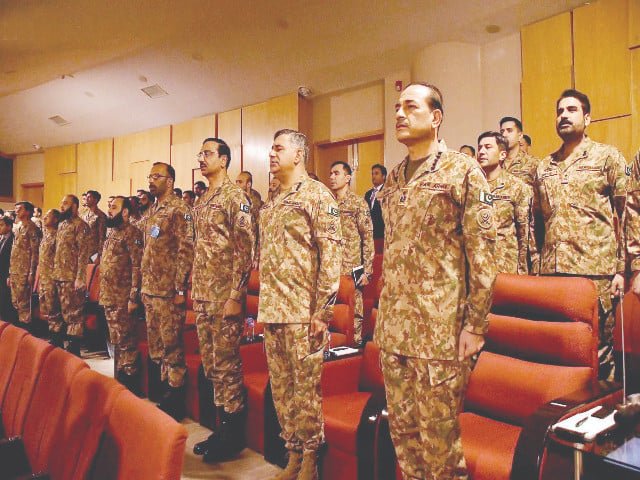Understanding the Recent Flooding in Pakistan: Causes and Impacts
Flooding in Pakistan has once again devastated communities, with the situation worsened by water flows from India. Recent reports indicate that the suspension of a long-standing river-sharing treaty by New Delhi, coupled with the collapse of gates at an Indian barrage, has significantly escalated the crisis. Pakistani officials have described this year’s flooding as possibly the worst in nearly four decades.
The heavy monsoon rains affecting both countries have led to alarming floodwaters, nearing the outskirts of Lahore, Pakistan’s second-largest city, and threatening areas like Jhang. With more rainfall forecasted, residents are understandably anxious about what lies ahead.
For over six decades, the Indus Waters Treaty has governed how water is shared between India and Pakistan. This treaty is crucial, as it provides a framework for regulating rivers that originate in India and flow into Pakistan. However, tensions have risen after India suspended the treaty earlier in the year, which they attributed to security concerns following a tragic attack linked to militants from Pakistan—a claim that Pakistan denies.
Ahsan Iqbal, Pakistan’s Planning Minister, expressed that without essential river flow data typically shared under the treaty, managing the floods has been increasingly difficult. "If the Indus Waters Treaty was in operation, we could have mitigated the impact," Iqbal remarked, emphasizing the importance of collaboration between the two nations.
Amplifying the crisis, footage from Indian media revealed that severe rain had caused significant damage to the Madhopur barrage, leading to uncontrolled water flows into Pakistan. While an Indian government source reassured that they’ve been managing water levels, many in Pakistan feel left in the dark, as communication regarding flood warnings has shifted to indirect channels.
Another layer to this catastrophe is climate change, which has made monsoon seasons less predictable and more severe. Iqbal highlighted that this is not merely a bilateral issue—it’s a global challenge that requires collective action to mitigate the impacts on communities in both India and Pakistan.
With over a million people evacuated this week, and the National Disaster Management Authority reporting over 800 fatalities in Pakistan this monsoon, the urgency for effective disaster management and international cooperation has never been clearer. The agricultural heartland of Pakistan, which sustains much of its population, is under severe threat from these floods.
In the face of these challenges, it’s essential for individuals and businesses to stay informed and engaged. Sharing insights and strategies for resilience can make a difference. For more resources and support on navigating such crises, you might consider connecting with organizations like Pro21st. They provide valuable information and tools that can help communities prepare for and respond to these unpredictable weather patterns.
At Pro21st, we believe in sharing updates that matter.
Stay connected for more real conversations, fresh insights, and 21st-century perspectives.





